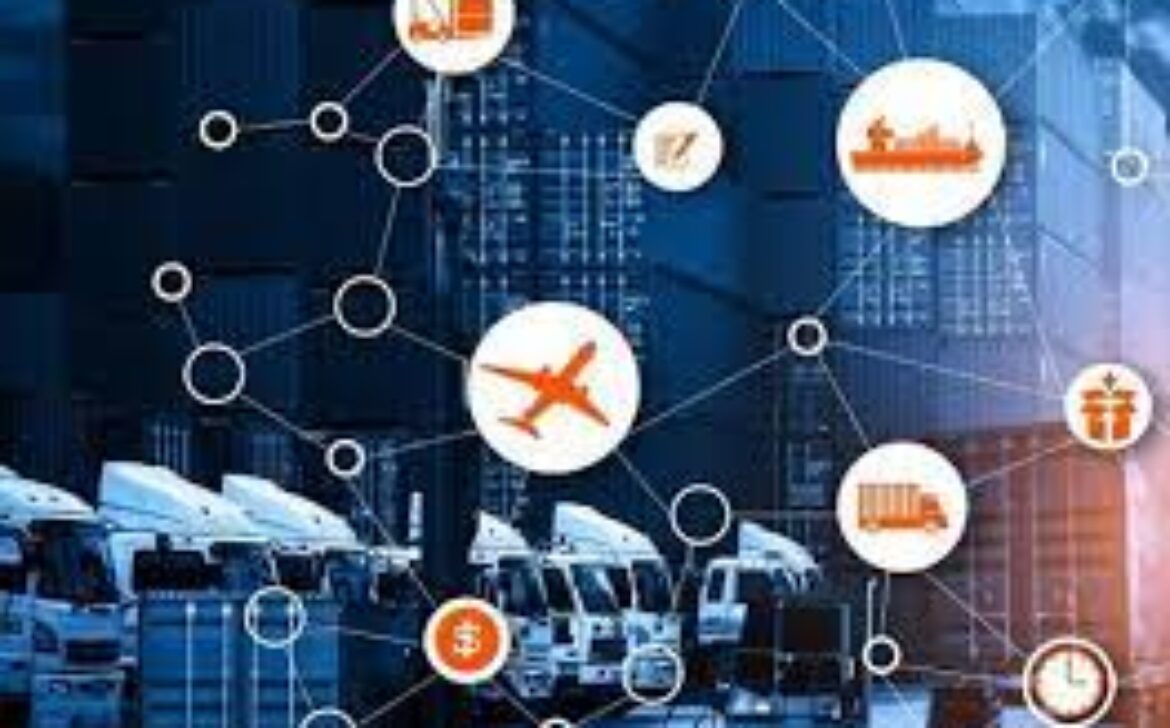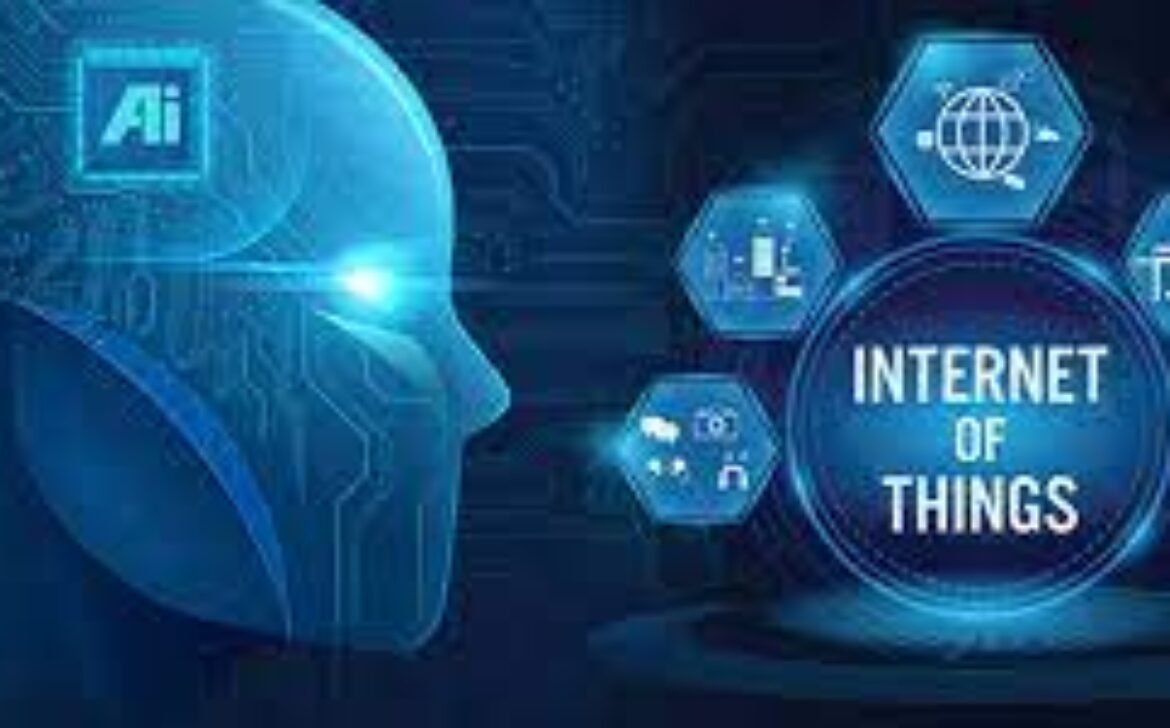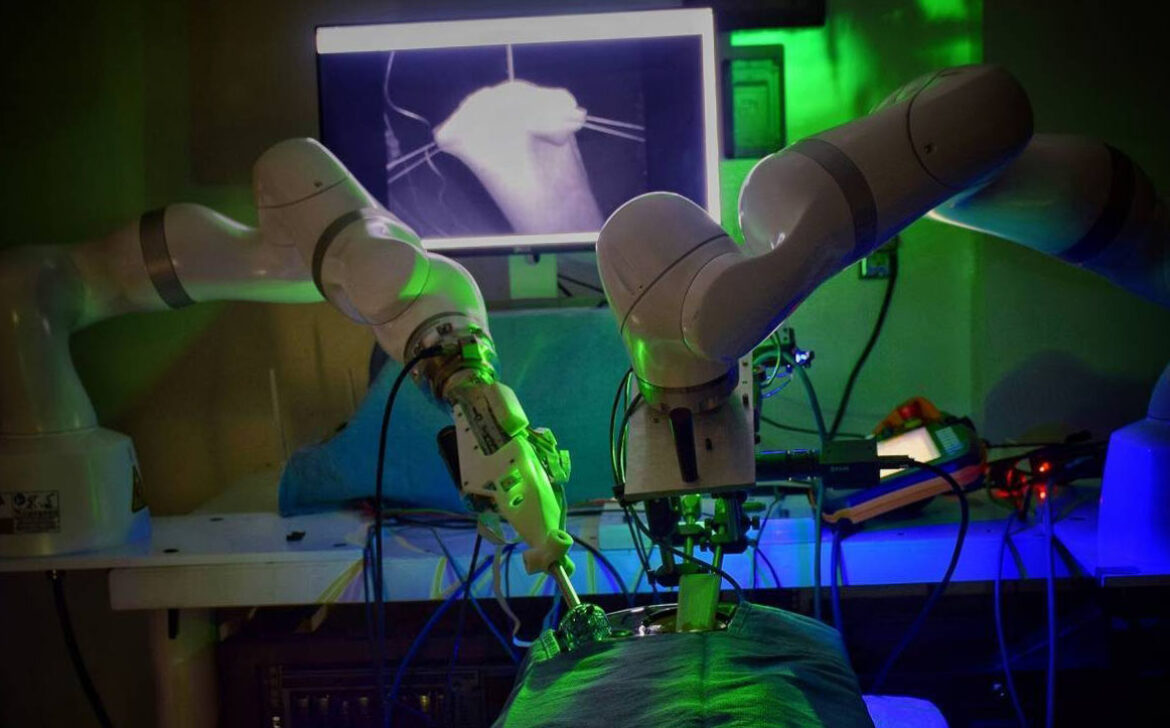Your Diet is a Bank Account: Making Good Food Choices for Healthy Investments
Introduction
In the journey towards a healthier lifestyle, the phrase “Your diet is a bank account. Good food choices are good investments” couldn’t be more accurate. Just like how we manage our finances, what we eat has a direct impact on our overall health and well-being. In this article, we’ll delve into the significance of making thoughtful food choices, how it affects our physical and mental health, and practical strategies for incorporating better eating habits into our daily lives.
The Importance of Your Diet
Understanding the Bank Account Analogy
Comparing your diet to a bank account provides a vivid perspective on the importance of balance and wise choices. Just as you wouldn’t recklessly spend money, you shouldn’t recklessly consume unhealthy foods. Just like how deposits and withdrawals affect your financial health, the foods you consume affect your physical health.
Nourishment for Optimal Functioning
Our bodies are intricate machines that require the right fuel for optimal functioning. Nutrient-dense foods provide the vitamins, minerals, and energy necessary to carry out daily activities, support bodily systems, and prevent health issues.
Making Good Food Choices
Identifying Nutrient-Dense Foods
Nutrient-dense foods are those that provide a high amount of nutrients relative to their calorie content. These include fresh fruits, vegetables, lean proteins, whole grains, and healthy fats. These choices not only provide essential nutrients but also help manage weight and reduce the risk of chronic diseases.
Balancing Macronutrients
A well-rounded diet involves a balance of macronutrients – carbohydrates, proteins, and fats. Carbohydrates provide energy, proteins build and repair tissues, and healthy fats support vital functions. Striking the right balance contributes to sustained energy levels and overall wellness.
Portion Control and Moderation
While nutrient quality is crucial, portion control plays a pivotal role. Even healthy foods can lead to weight gain if consumed excessively. Moderation ensures you enjoy a variety of foods without overindulgence.
The Impact on Physical Health
Weight Management and Energy Levels
Maintaining a balanced diet aids in managing weight. By consuming wholesome foods in appropriate portions, you provide your body with steady energy levels and prevent unwanted weight gain.
Disease Prevention
A diet rich in fruits, vegetables, and whole grains is associated with a reduced risk of chronic diseases such as heart disease, diabetes, and certain cancers. Antioxidants and fiber found in these foods protect cells and support overall well-being.
The Connection to Mental Health
The Gut-Brain Axis
Research reveals a strong connection between the gut and the brain. A diet rich in probiotics and fiber supports a healthy gut, positively impacting mood and cognitive function.
Influence on Mood and Stress
Certain foods, like those rich in omega-3 fatty acids, have been linked to improved mood and decreased risk of depression. Additionally, managing blood sugar levels through proper nutrition can help regulate mood and stress responses.
Practical Tips for Positive Dietary Changes
Meal Planning and Preparation
Planning meals ahead of time reduces the likelihood of making unhealthy choices due to convenience. Preparing meals at home allows you to control ingredients and portions.
Mindful Eating
Practicing mindful eating involves savoring each bite, paying attention to hunger cues, and avoiding distractions. This approach fosters a healthier relationship with food and prevents overeating.
Gradual Changes for Lasting Results
Rather than embarking on drastic diets, focus on making gradual, sustainable changes to your eating habits. Small adjustments over time yield more lasting results.
Conclusion
In essence, your diet indeed functions like a bank account. The choices you make today impact your health in the long run. By investing in nutrient-dense foods, practicing portion control, and being mindful of your choices, you create a solid foundation for a healthier future.



















